Nationality American | Name Elizabeth Turk Awards MacArthur Fellowship | |
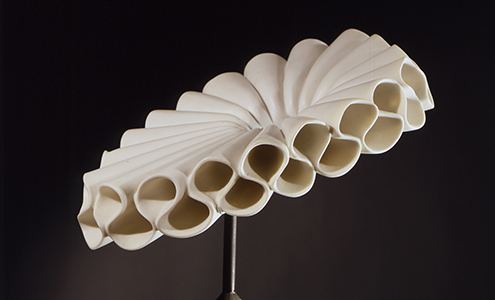 | ||
Books Elizabeth Turk, Mantelpieces of the Old South: Lost Architecture in Southern Culture Education | ||
Tedxatlanta elizabeth turk the construction of emotion
Elizabeth Turk is an American sculptor who works primarily with marble, transforming this material into refined pieces infused with classical beauty. She has been recognized with numerous awards and fellowships, including the prestigious MacArthur "Genius Grant."
Contents
- Tedxatlanta elizabeth turk the construction of emotion
- Sculptor elizabeth turk 2010 macarthur fellow macarthur foundation
- Biography
- Works
- Selected Exhibitions
- Awards and Recognitions
- References
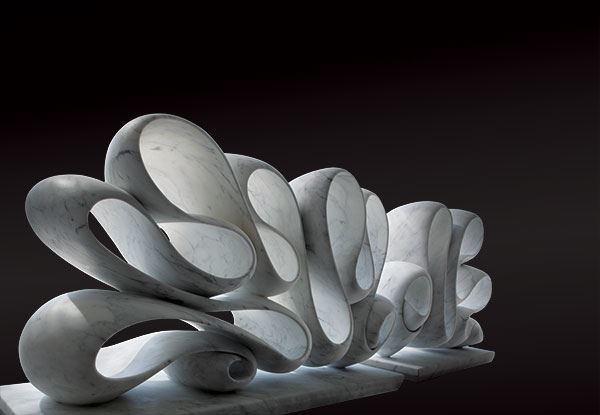
Sculptor elizabeth turk 2010 macarthur fellow macarthur foundation
Biography
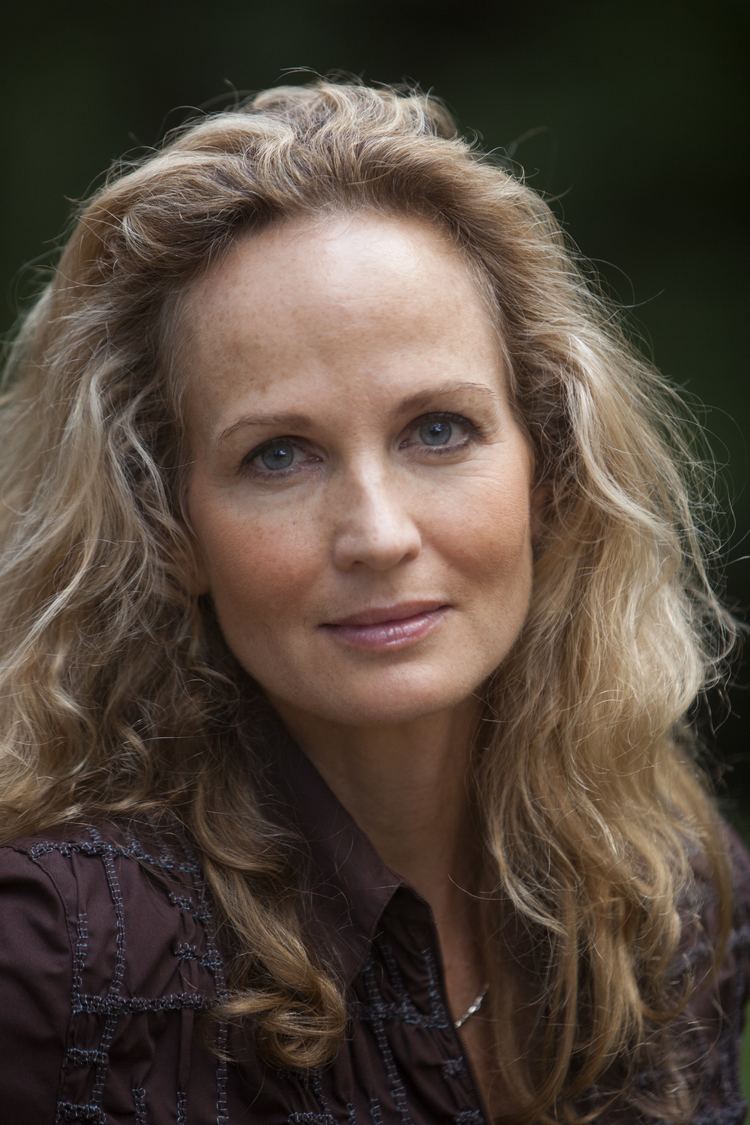
Turk was born in California in 1961 and grew up in the western United States. The natural and cultural surroundings of the various locales she called home, specifically the Pacific Ocean along the Southern California coastline and the Native American culture in New Mexico, served as visual influences for her work.
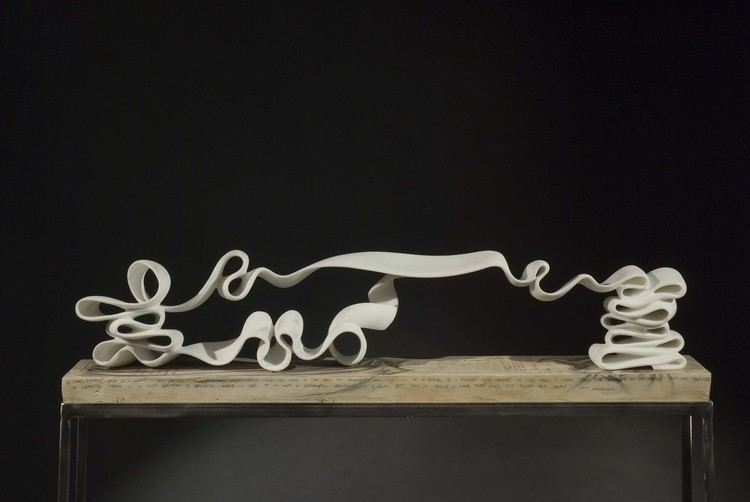
She moved to Washington, D.C. to pursue a career in international relations upon graduating from Scripps College in Claremont, CA in 1983. The nation's capital, with its museums and courses at the Corcoran Gallery of Art, became the influence that drove her to pursue sculpture as a career. She enrolled full-time in the Rinehart School of Sculpture at the Maryland Institute College of Art in Baltimore, graduating in 1994.
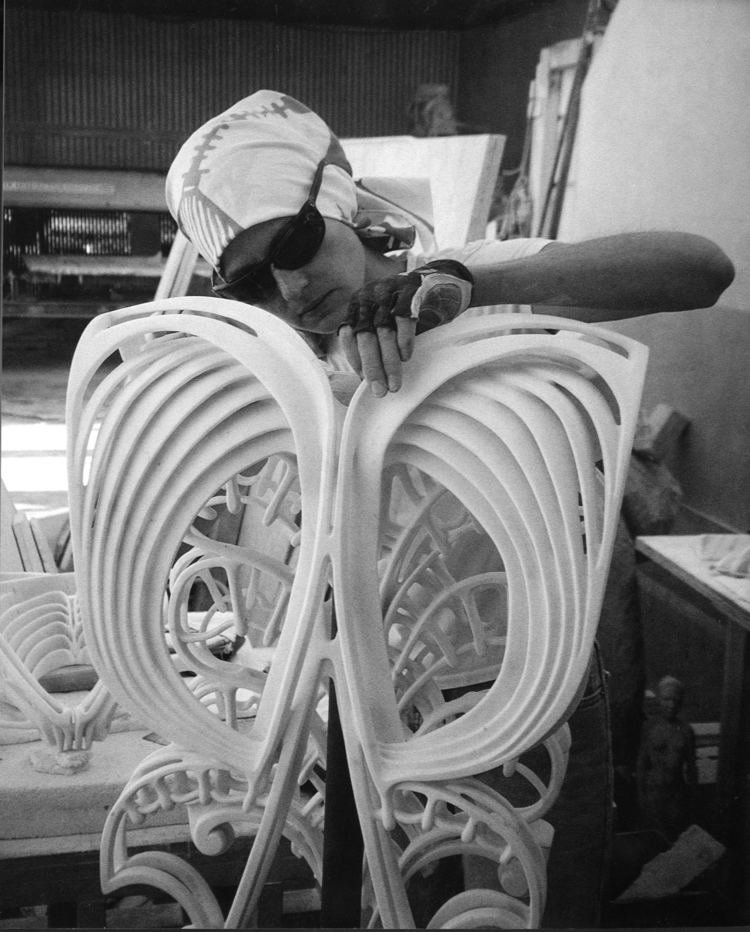
Shortly after receiving her MFA, Turk began exhibiting her bronze sculptures in the D.C. area. The Baumgartner Gallery paired her work with sculptor Louise Bourgeois, whose dramatic bronze "Spider (Bourgeois)" compelled Turk to expand into a new medium. Choosing marble, she found cast-off stone from the 19th century construction of the Lincoln Memorial. Her segue to marble started a journey of exploring that material’s many possibilities; she is largely self-taught in the medium. She began shaping stone into objects that defy their materiality, speaking to larger spiritual issues.
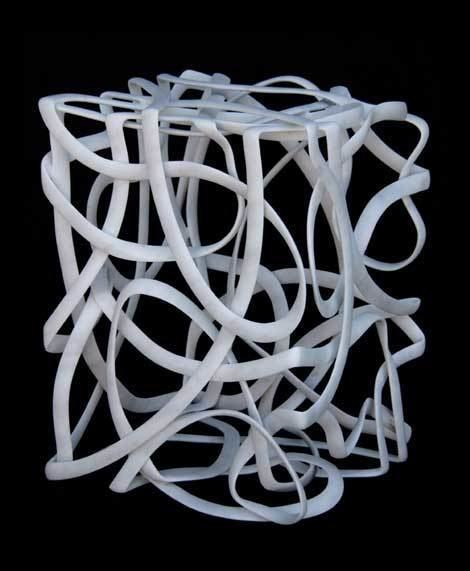
Turk moved to New York City in the mid-1990s and soon began showing her work there. Her first exhibition, “New York Classicism, Now," was in 2000 at Hirschl & Adler Galleries. Hirschl & Adler Modern has represented her from 2000 to the present.
Works
In her sculpture, Turk works primarily with marble, but also has mastered a variety of media, molding forms in wax and clay, casting objects in bronze and iron, and working with fragile material such as glass and porcelain.
She painstakingly transforms solid 400-pound blocks of Sivec and Carrara marble into improbable shapes. Turk creates many of her marble pieces from pre-existing structures. For example, Ribbon #17 was formed from an Italian marble banister once housed in an 18th century loggia. She has said she aims to "initiate conversation" with her artwork, rather than "overwhelm senses or to promote viewpoints."
Asked about her choice of medium, she said, "Marble found me. It is intrinsically beautiful and holds great history. Maintaining a contemporary voice in this traditional material is daunting. But marble is the pathway to connect my work to the past, to a larger story– human and geological...It's not an accident that I read the earth like a novel. I want this depth in the artwork I create. This is important– it's humbling. My work carries forward more than my singular vision, because of this history."
From her studio in a commercial marble yard in California, Turk creates her works that play with gravity and paradox, exploring the contemporary and the traditional, lightness and weight, emptiness and mass.
Her fascination with patterns results in large, intricately latticed collars and ribbons of undulating waves, evoking both man-made and organic forms: starched lace, Elizabethan ruffs, pinwheels, flowers, even the double helix of DNA. A testament to Turk’s remarkable technical ability, the marble works are a study in contrasts—solid material appears weightless, liquid, buoyant, illustrating the tension between both the inherent strength of the stone and its fragility.
"My work plays with intuitive notions of gravity. As I fold the precarious strips of my ribbons, I adapt to the various restrictions in the stone that emerge unexpectedly in the course of carving. These ribbons are shaped more by the structure from which they are born than by concepts growing in a vacuum," she explained in the Hirschl & Adler 2008 catalog, “Elizabeth Turk: Recent Sculpture."
In addition to the sculptures, Turk has created projects utilizing tools and media as varied as experimental photography (Mandalas, created after her 2011 Smithsonian Artists Research Fellowship), video (Crane Project, created with Japanese artist Kirara Kawachi as a response to 9/11) and paper airplanes (Airplane Collage, inspired by March 20, 2003). Her work also features drawing and installation.
Selected Exhibitions
Turk's exhibitions at Hirschl & Adler Modern include:
The following are her public works:
Turk's work is also in the collections of the National Museum of Women in the Arts, Washington, D.C.; the Weatherspoon Gallery, University of North Carolina, Greensboro; The Mint Museum, Charlotte, NC; and the Los Angeles County Museum of Art. Turk's work has been shown in several solo gallery and museum exhibitions, including, "Elizabeth Turk: Sentient Forms" (2014) at Laguna Art Museum. She has exhibited at the Dayton Art Institute, Dayton Ohio; Ben Maltz Gallery at the Otis College of Art and Design, L.A.; Ruth Chandler Williamson Gallery, Scripps College, Claremont, CA; American Institute of Architecture, New York, N.Y.; and Japan Bank Building, Hiroshima.
Awards and Recognitions
Turk is the recipient of many awards and grants, including: a MacArthur genius grant, and the Barnett and Annalee Newman Foundation Fellowship, both in 2010; a Smithsonian Artist Research Fellowship (SARF) in 2011; and a Helena Modjeska Cultural Legacy Award for artistic achievements from Arts Orange County in 2012. She also won a Joan Mitchell Foundation Grant and the NYC Art Commission Excellence in Design Award, both in 2000. She delivered commencement addresses at Scripps College (2011) and Laguna College of Art & Design (2016).
